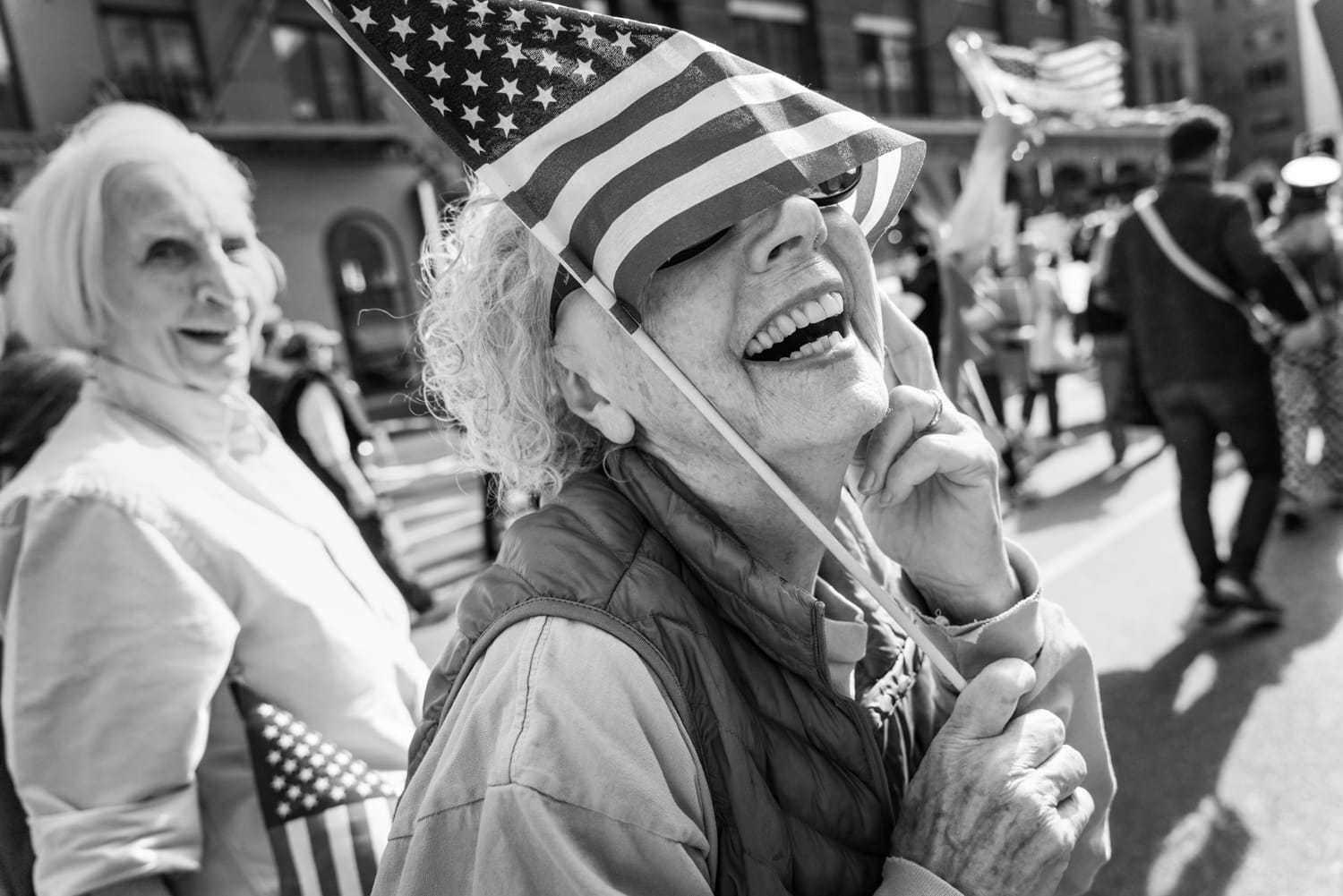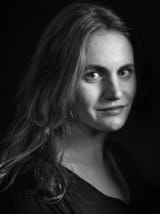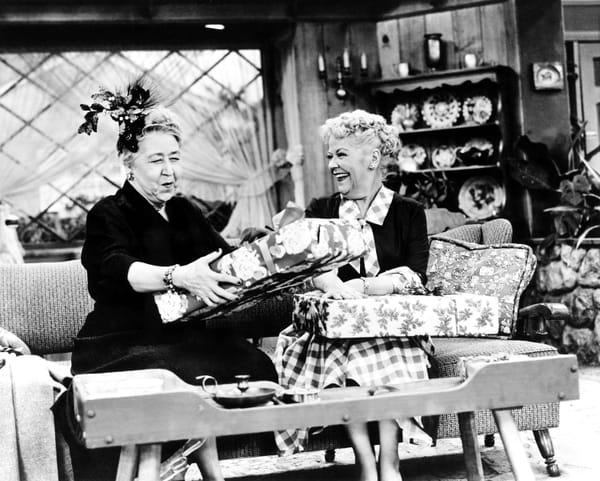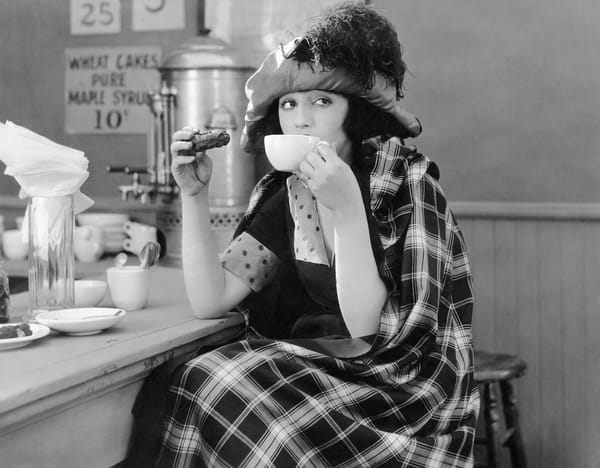No Kings, Just 7 Million People
At Saturday's No Kings rallies across the U.S. pure women-energy prevailed. Here's a look at the rally in Manhattan.
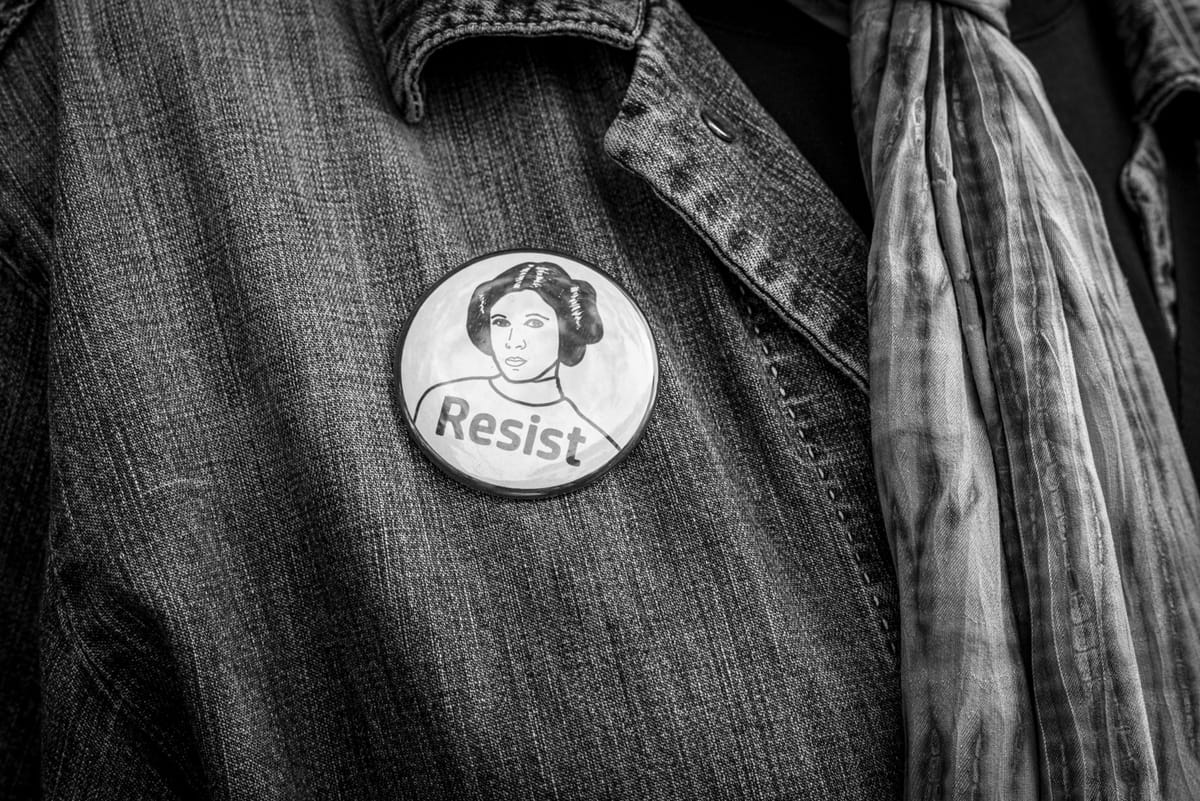
They gathered together with friends, with their children, with partners, neighbors and strangers, carrying home-made signs, singing and chanting. Some wore costumes, some wore jeans and T-shirts with slogans, many waved American flags. The rallies took place in cities and towns at approximately 2,500 locations across the U.S. as well as in Europe, in Berlin, Rome, Madrid, and in Canada.
By now, you’ve likely heard that Saturday’s second “No Kings” protest was a milestone event for a nation finishing up its third week of a government shutdown with the National Guard roaming the streets of several major cities: the single largest one-day protest in U.S. history, according to organizers, who estimate that at least 7 million people participated.
For The Persistent, the photographer Jacqueline Silberbush documented the rally in Manhattan starting at 42nd Street and working her way down to 14th Street. “The signs were funny but the motivations were serious,” said Silberbush. Where else do you have a blow-up shark dancing with a girl in leather boots and a crop top and a granny in a “Handmaids Tale" dress?
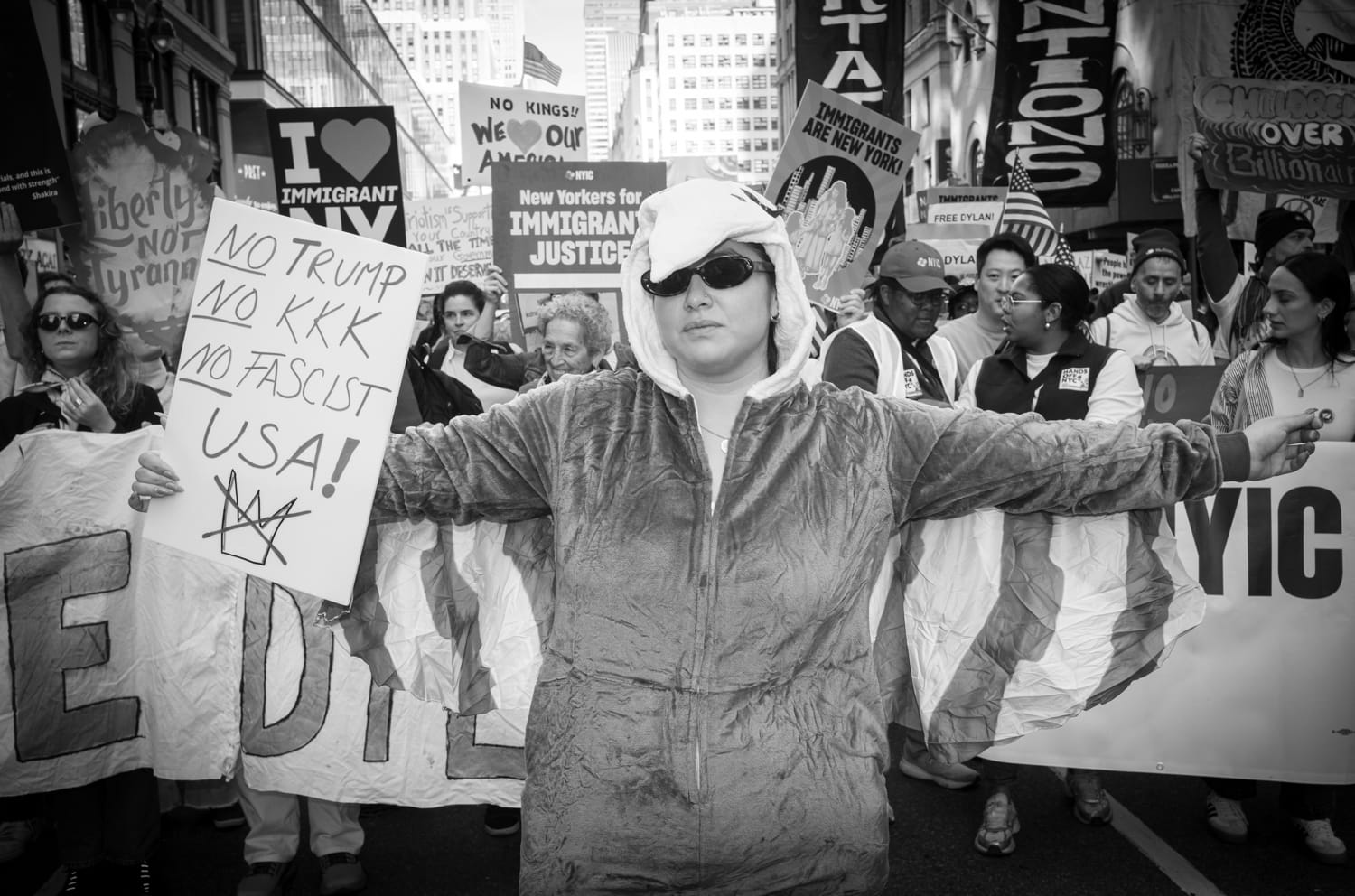
Jacqueline Silberbush for The Persistent
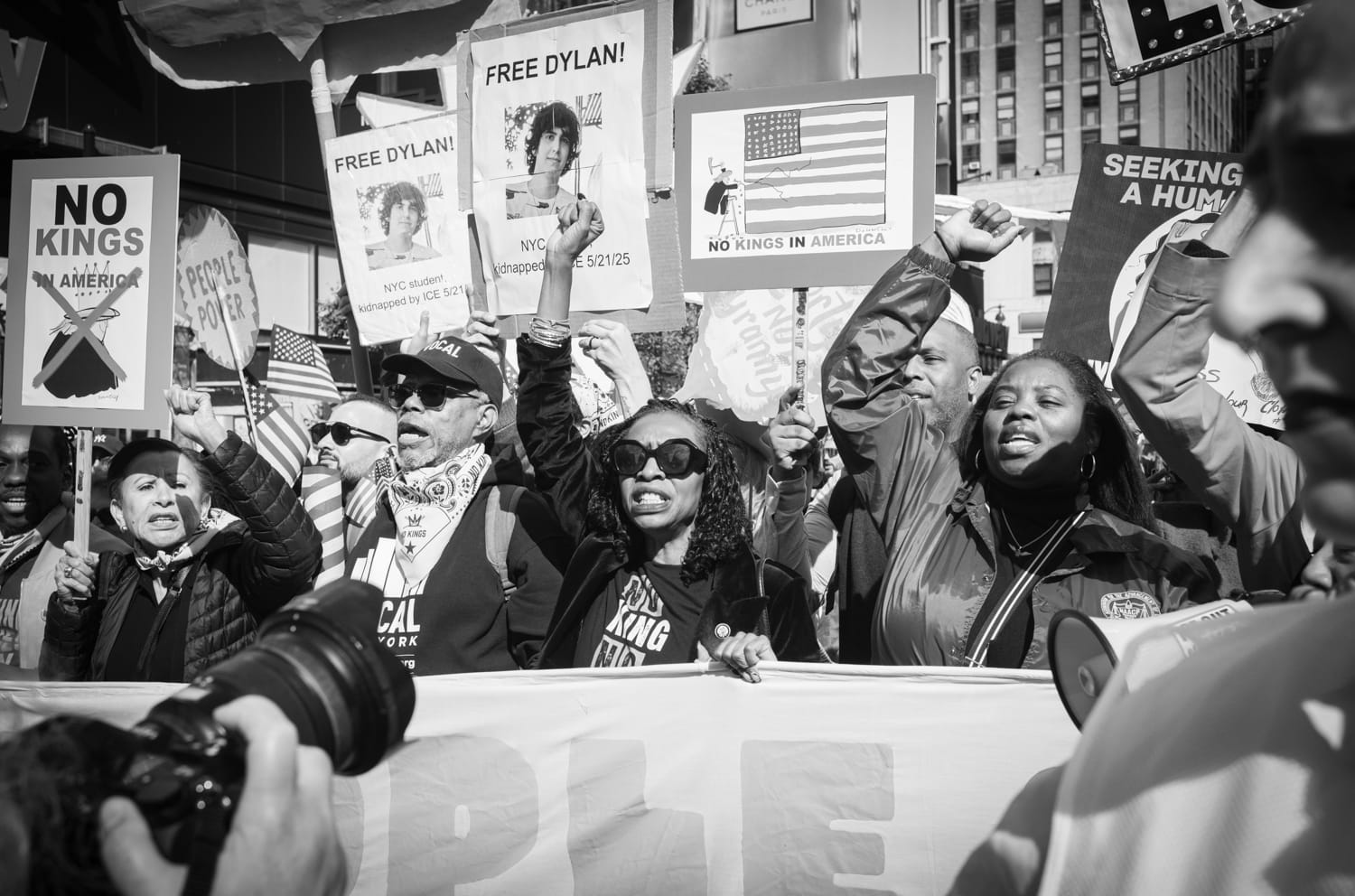
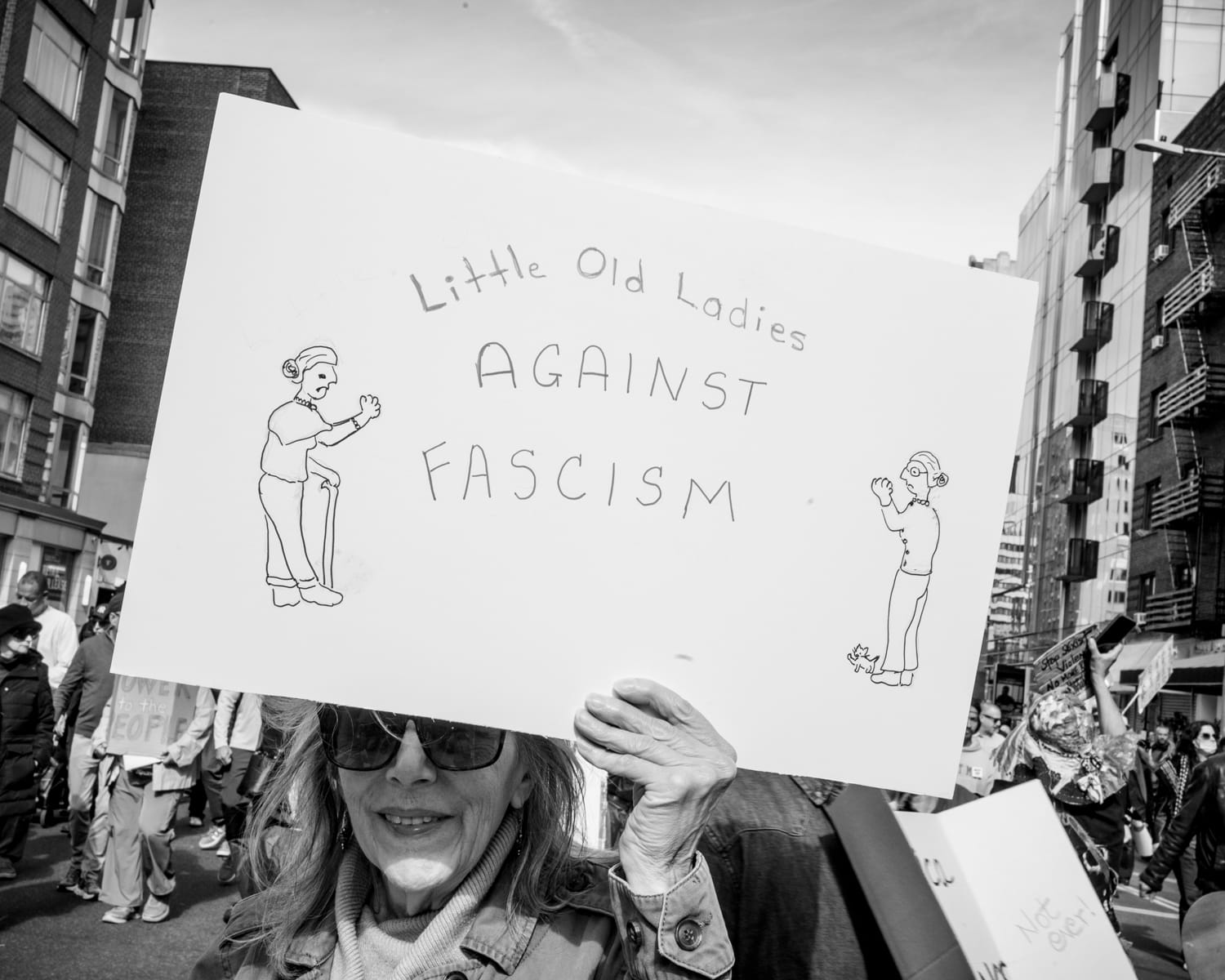
Jacqueline Silberbush for The Persistent
It was a milestone event in other ways, too: Women, and older women in particular, were often front and center. A team of researchers led by Dana Fisher, a professor at American University, estimated that in the first “No Kings” event on June 17, 2025, the majority of hosts and participants were female and white, with a median age of 67.
At Saturday’s event, women also predominated. Fisher, using a snapshot from Saturday’s march in Washington D.C., estimated that the average protester was a highly educated white woman in her 40s. “It makes sense we are not seeing as many people of color on the streets because people of color are being disappeared,” Fisher told the news site, Axios.
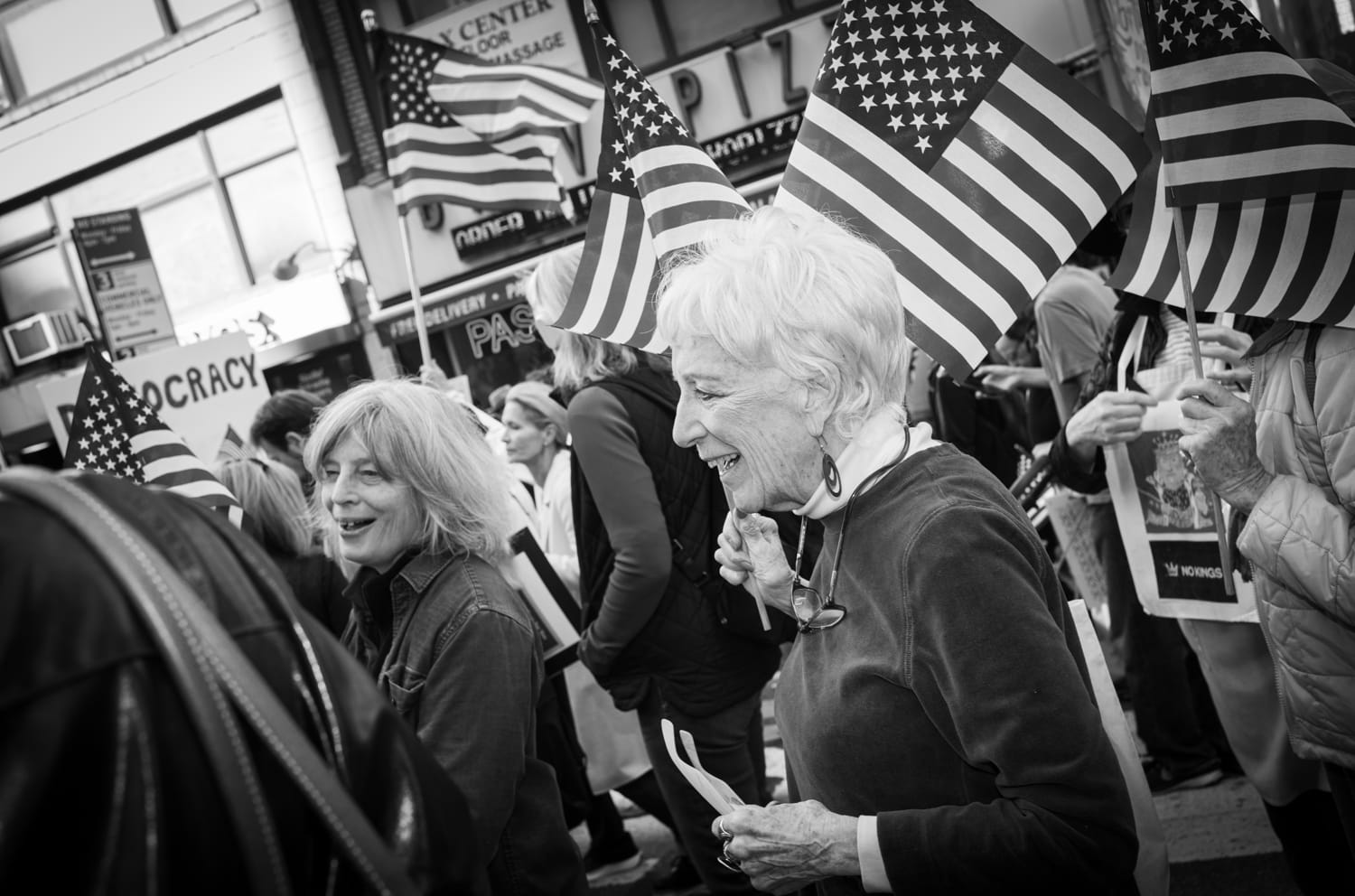
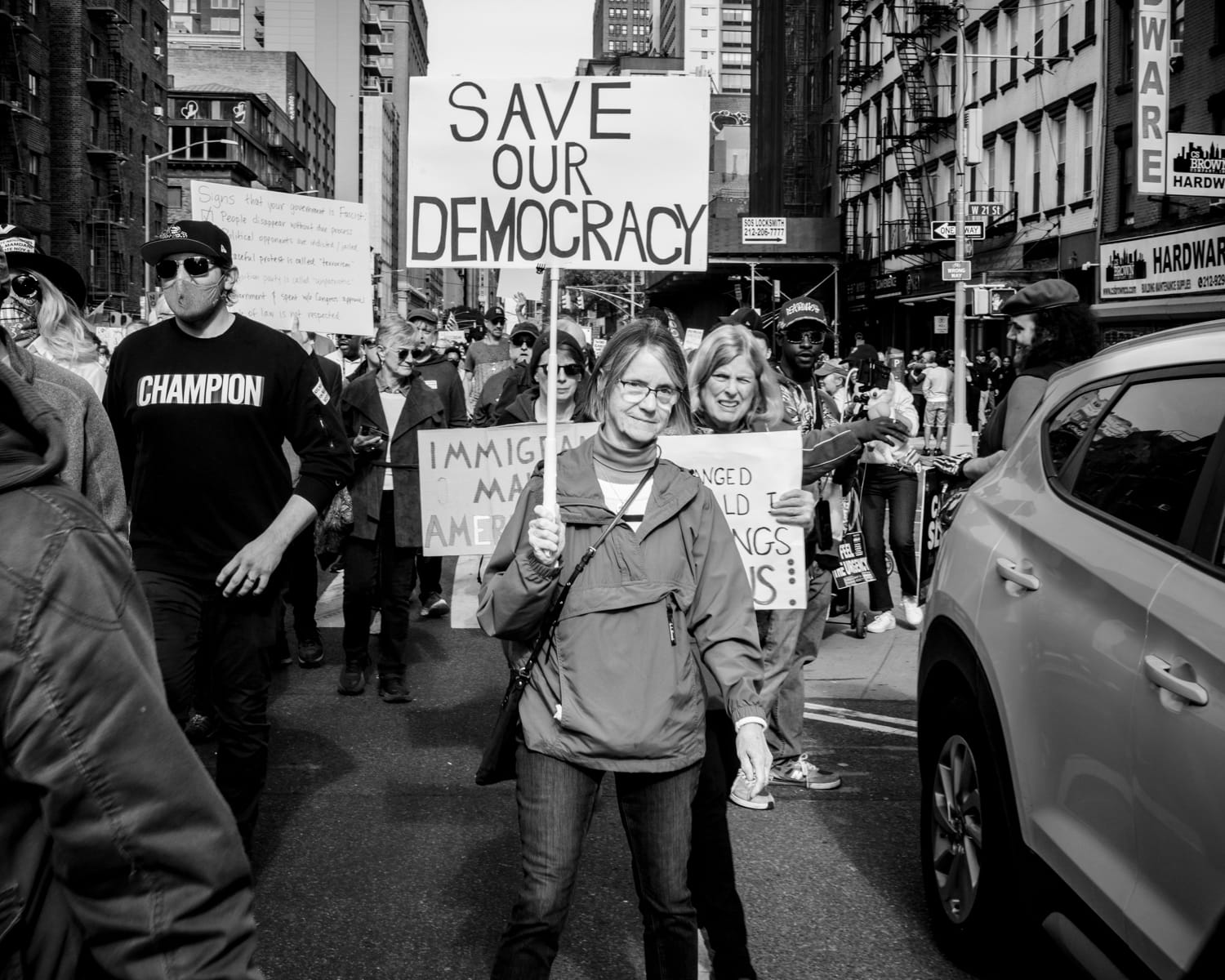
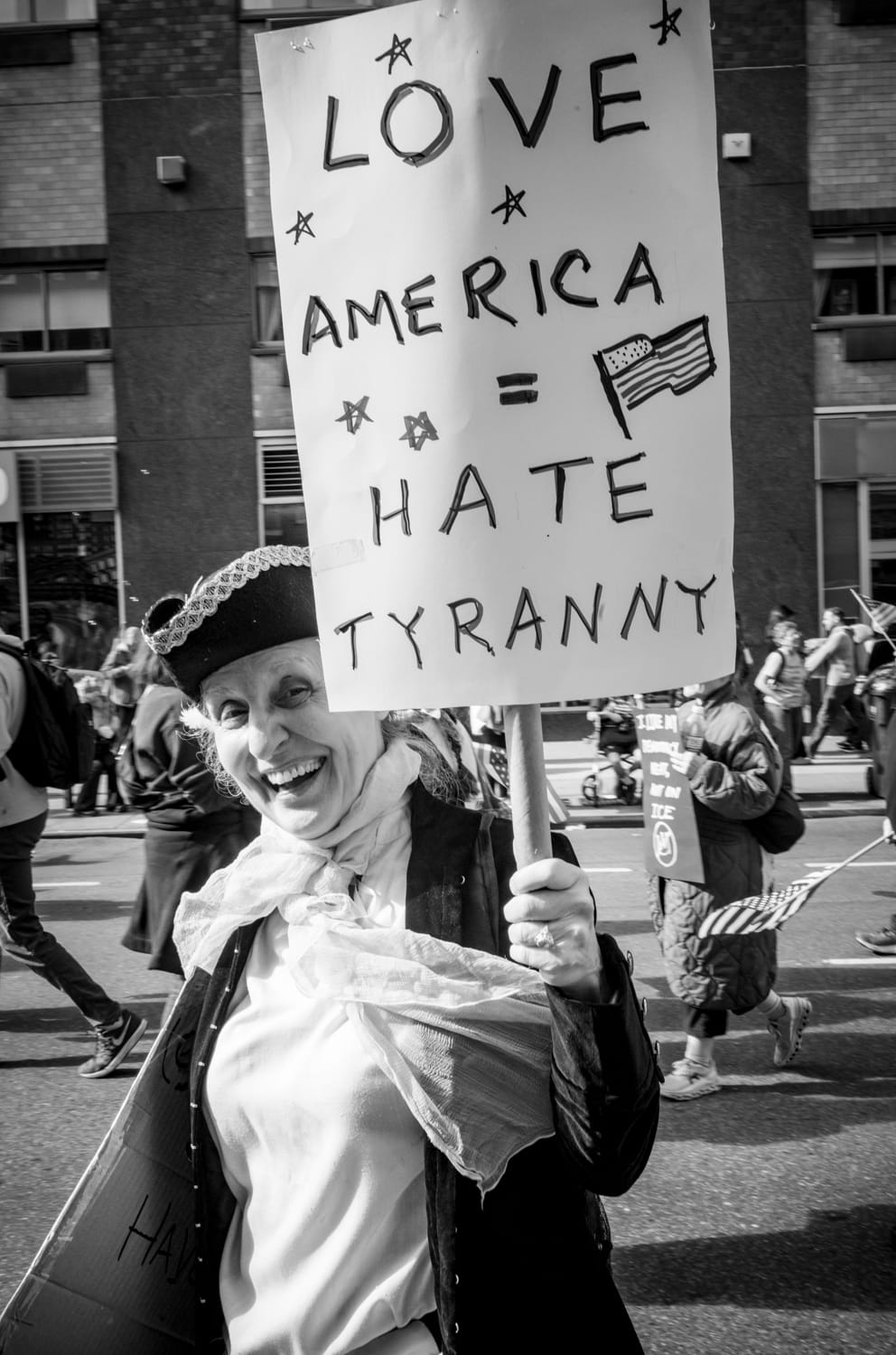
Perhaps what was most evident in the rallies—whether the 2,000 who gathered in Anchorage, Alaska, or the more than 100,000 who gathered in Times Square—was a lot of pure woman-energy.
They were peaceful, too: It did not escape our notice that the New York City Police Department reported not a single arrest made in Manhattan despite the historic crowds.
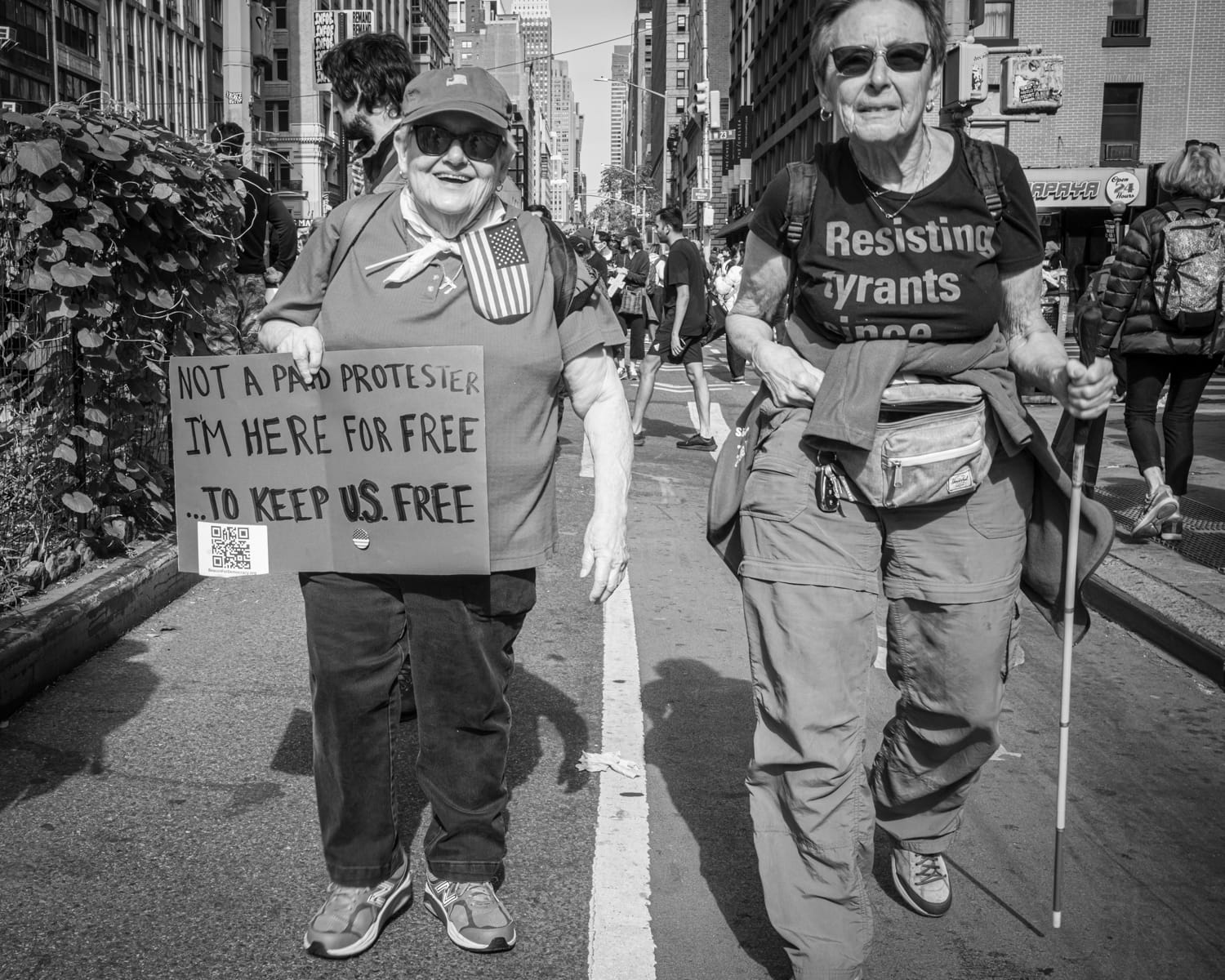
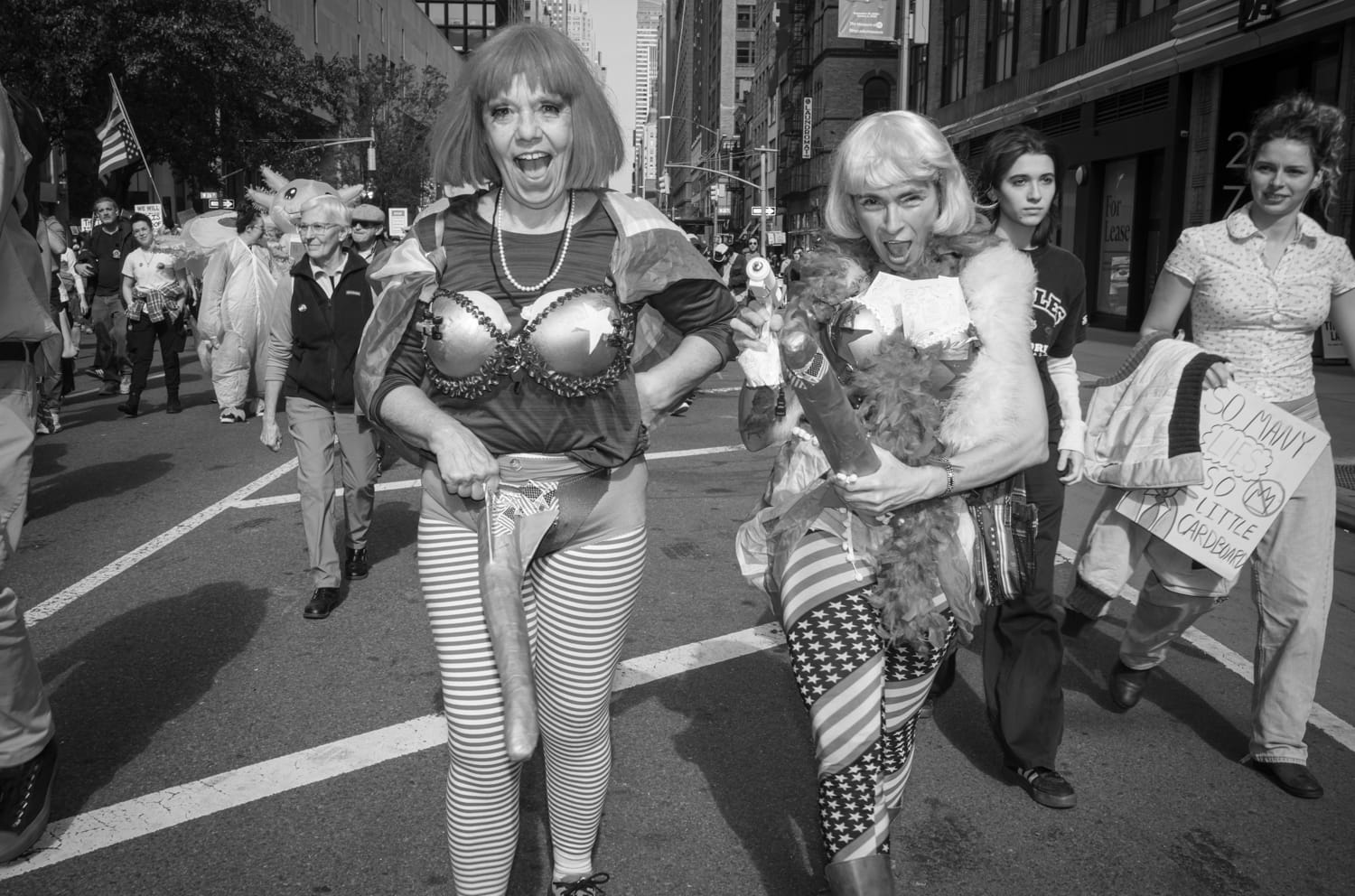
Jacqueline Silberbush for The Persistent
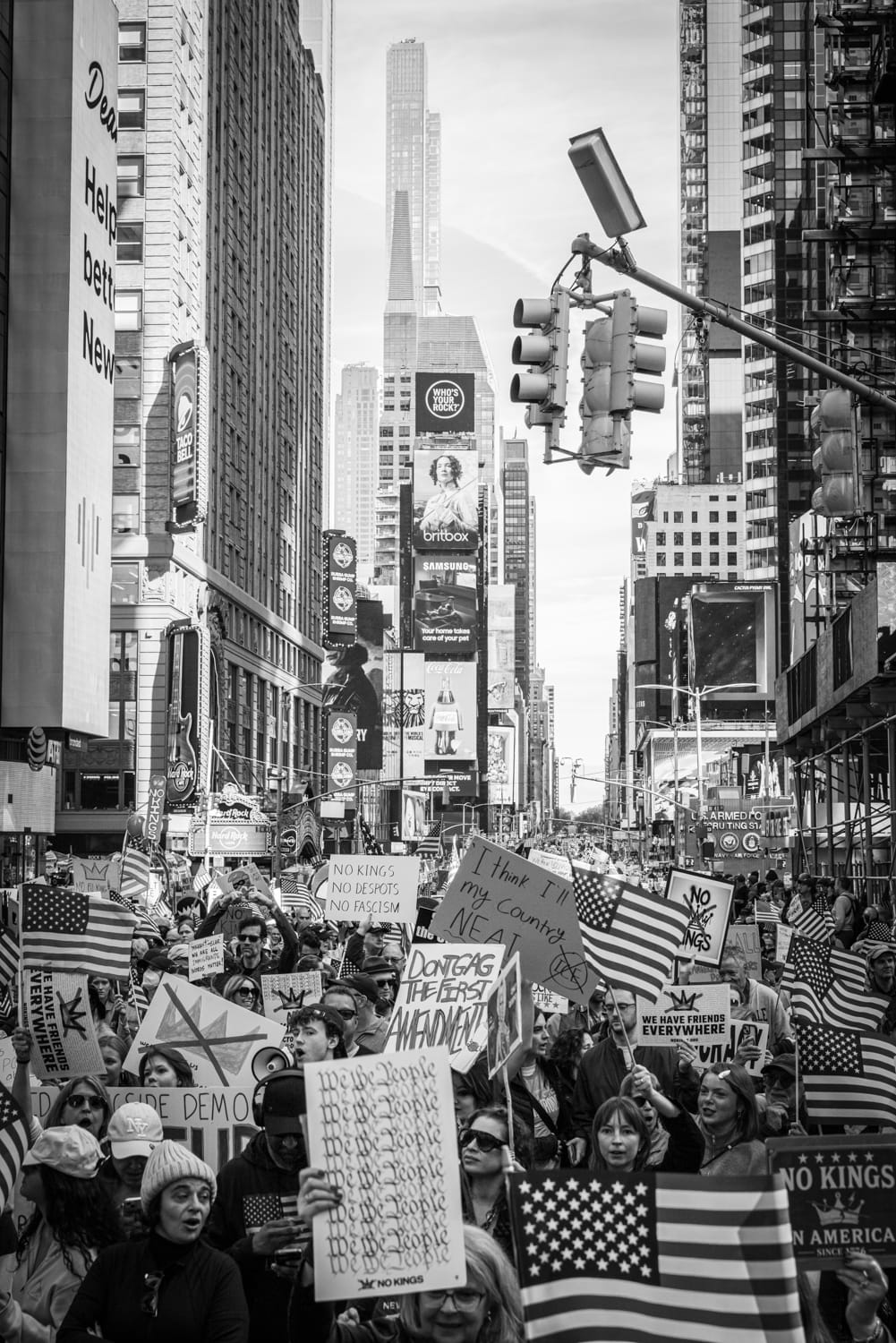
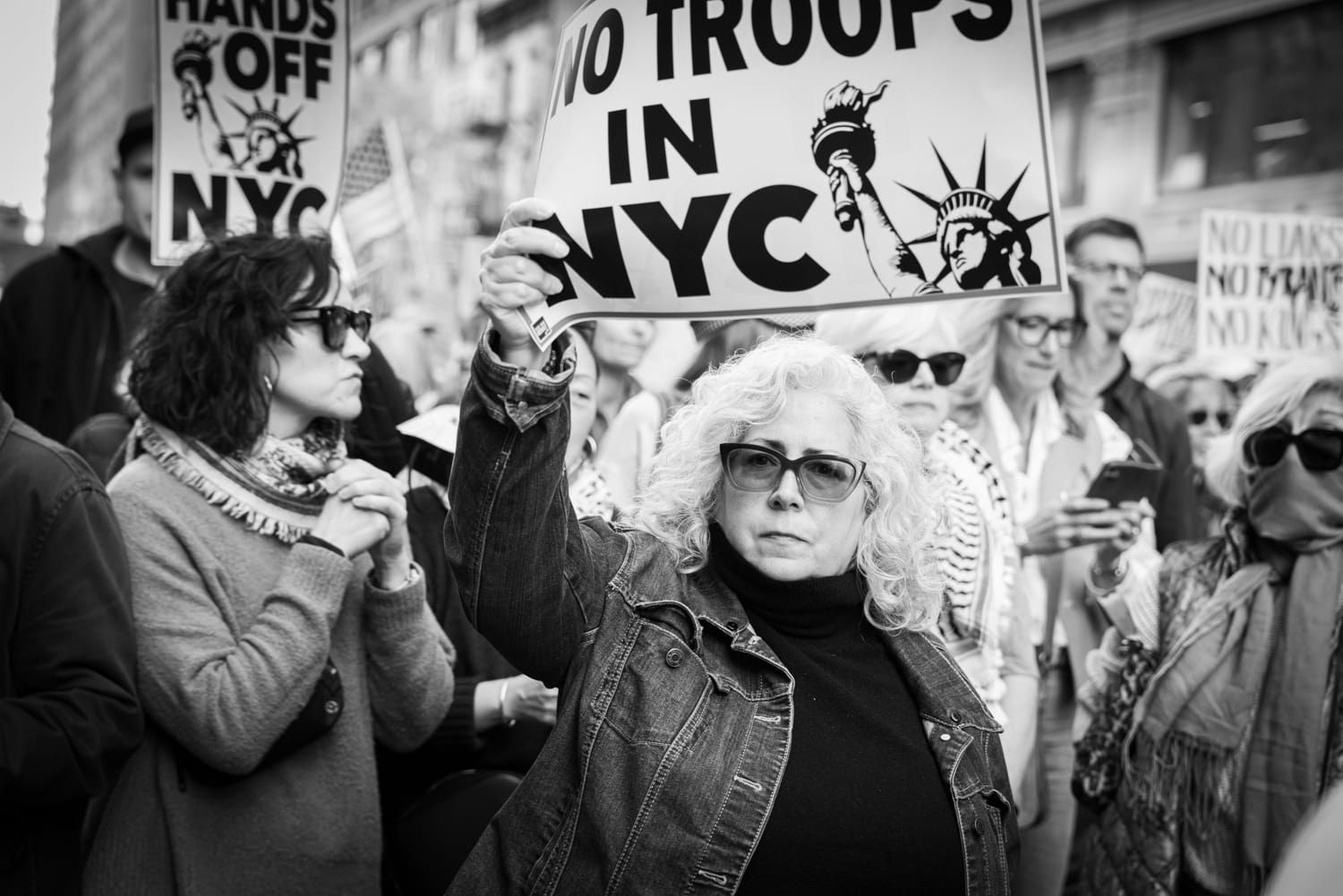
Jacqueline Silberbush for The Persistent
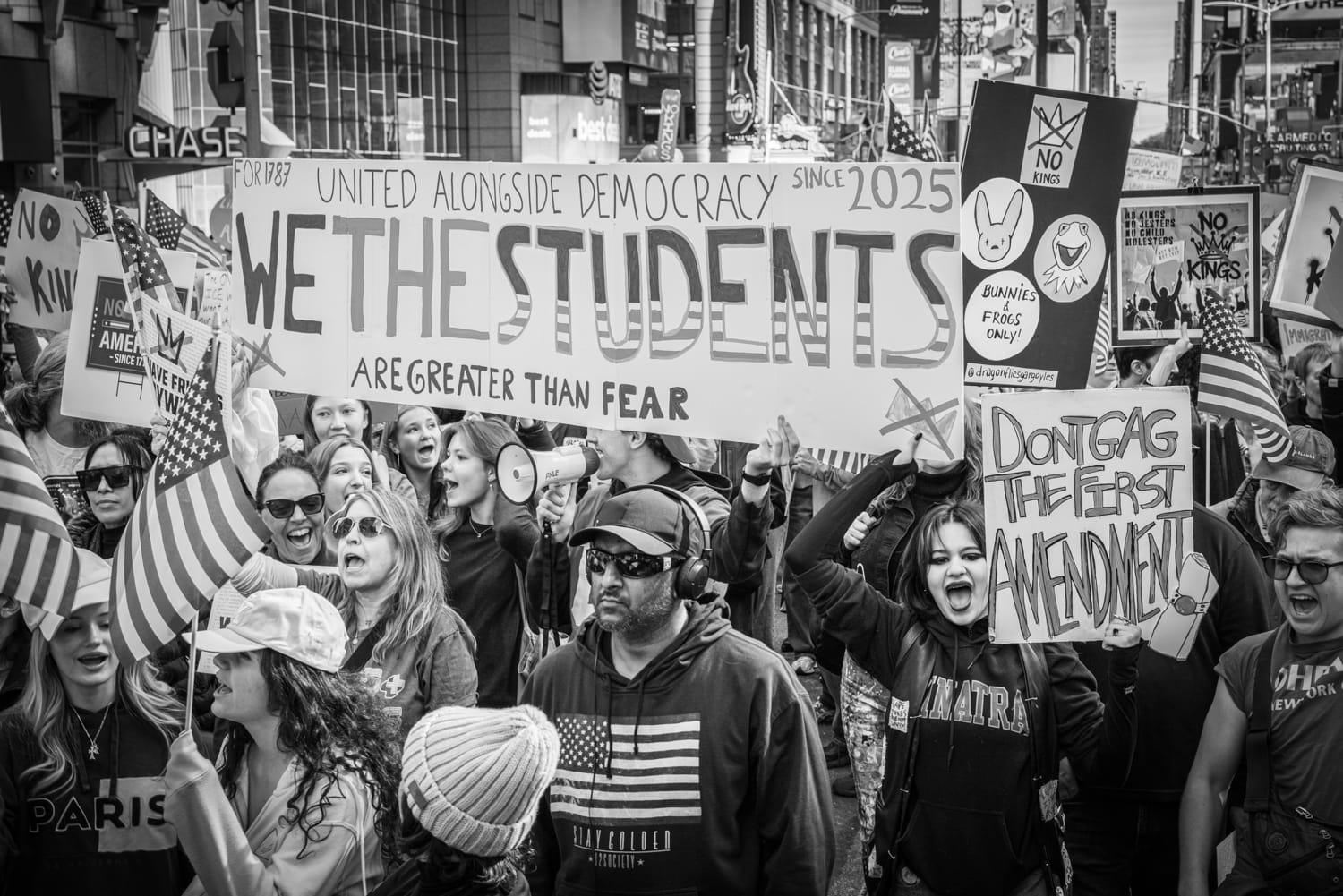
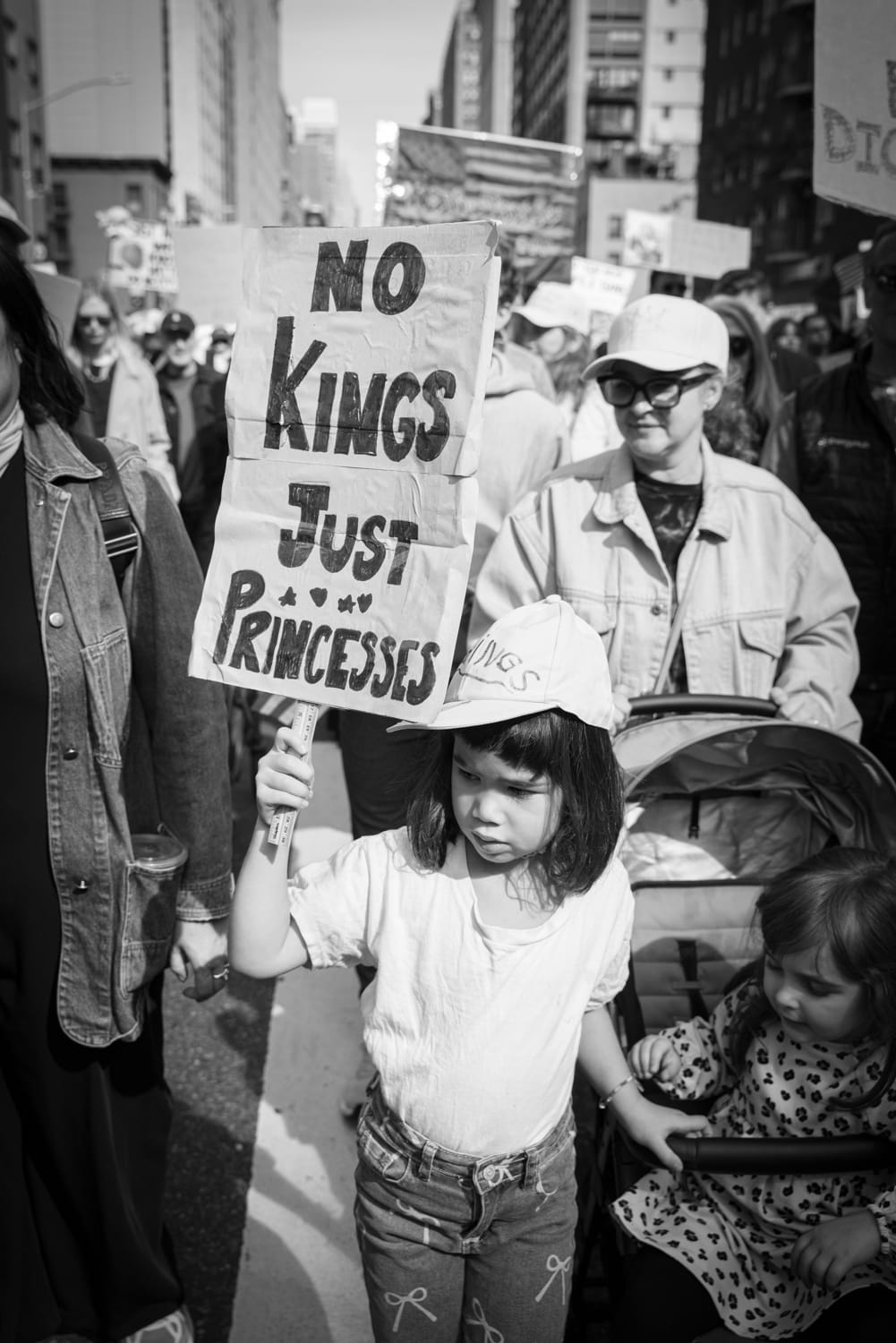
There’s no denying the power that comes from multiple generations of women showing up together. Take, for example, the account of one protestor in a Cleveland suburb, who noticed three people outside an assisted living facility—an elderly woman in a wheelchair, a young woman and a child—holding up a handwritten “No Kings” sign, waving at passing cars.
One could feel the telegraphed message: We’re here. We’re still here. And we are not going anywhere any time soon.
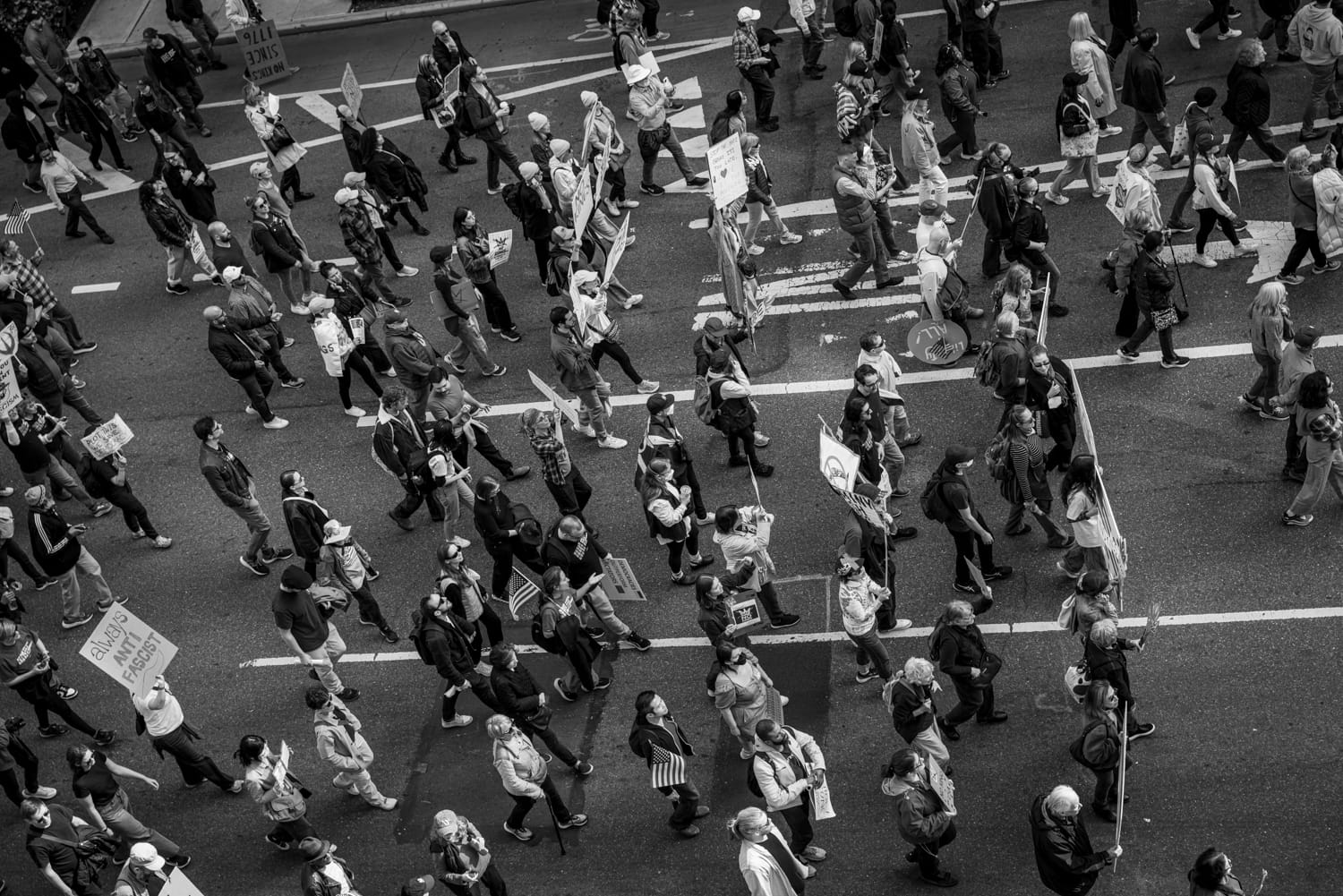
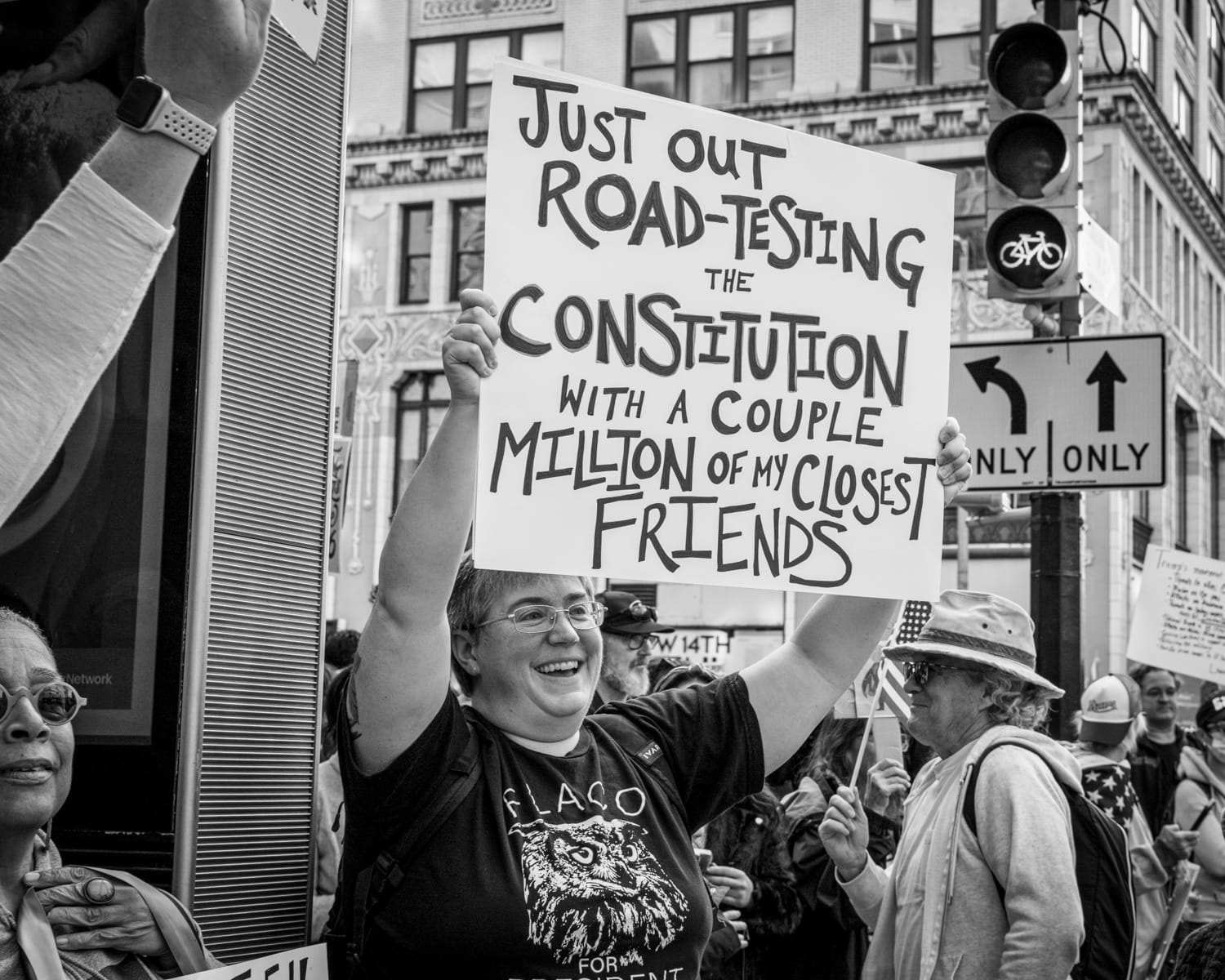
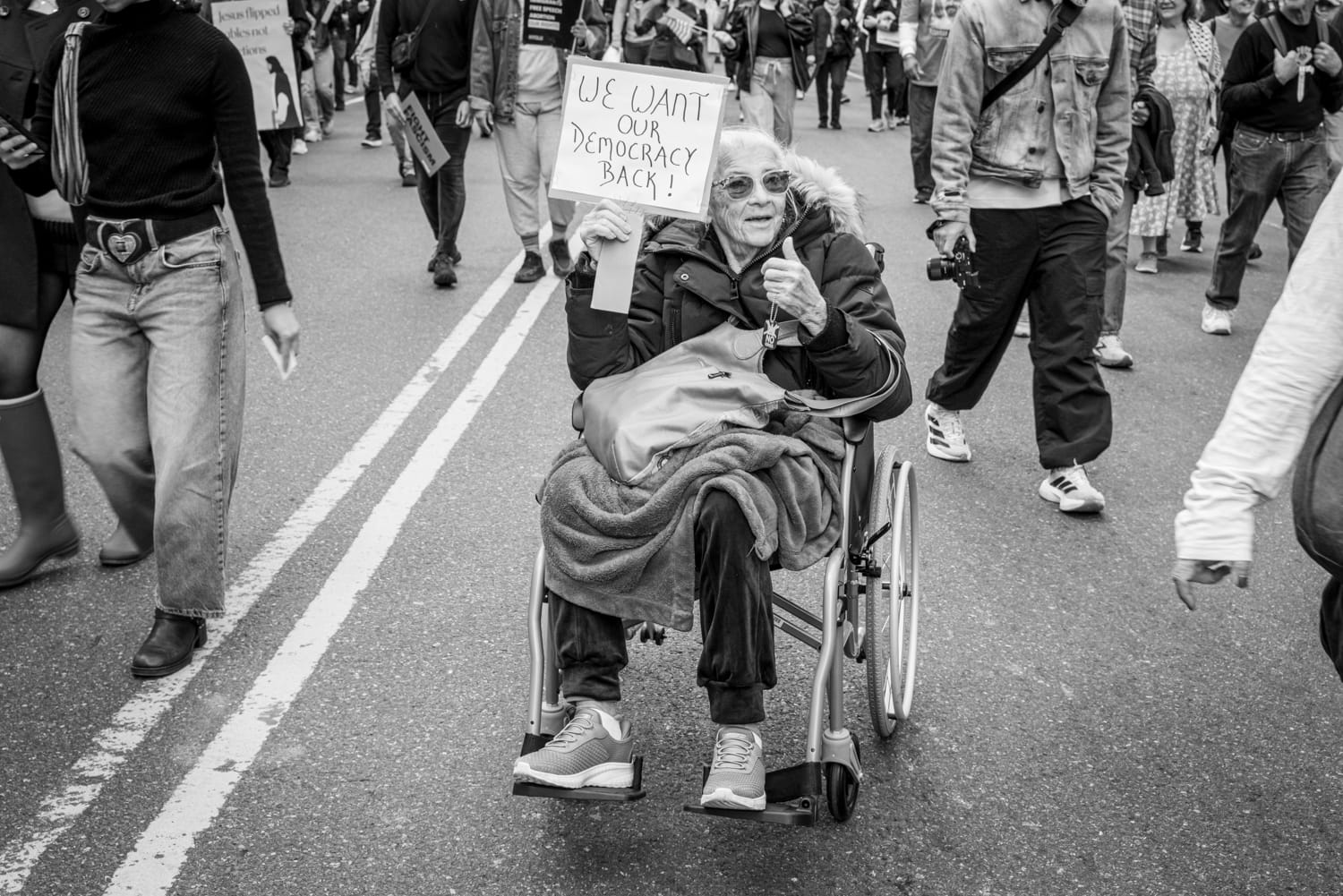
Jacqueline Silberbush for The Persistent
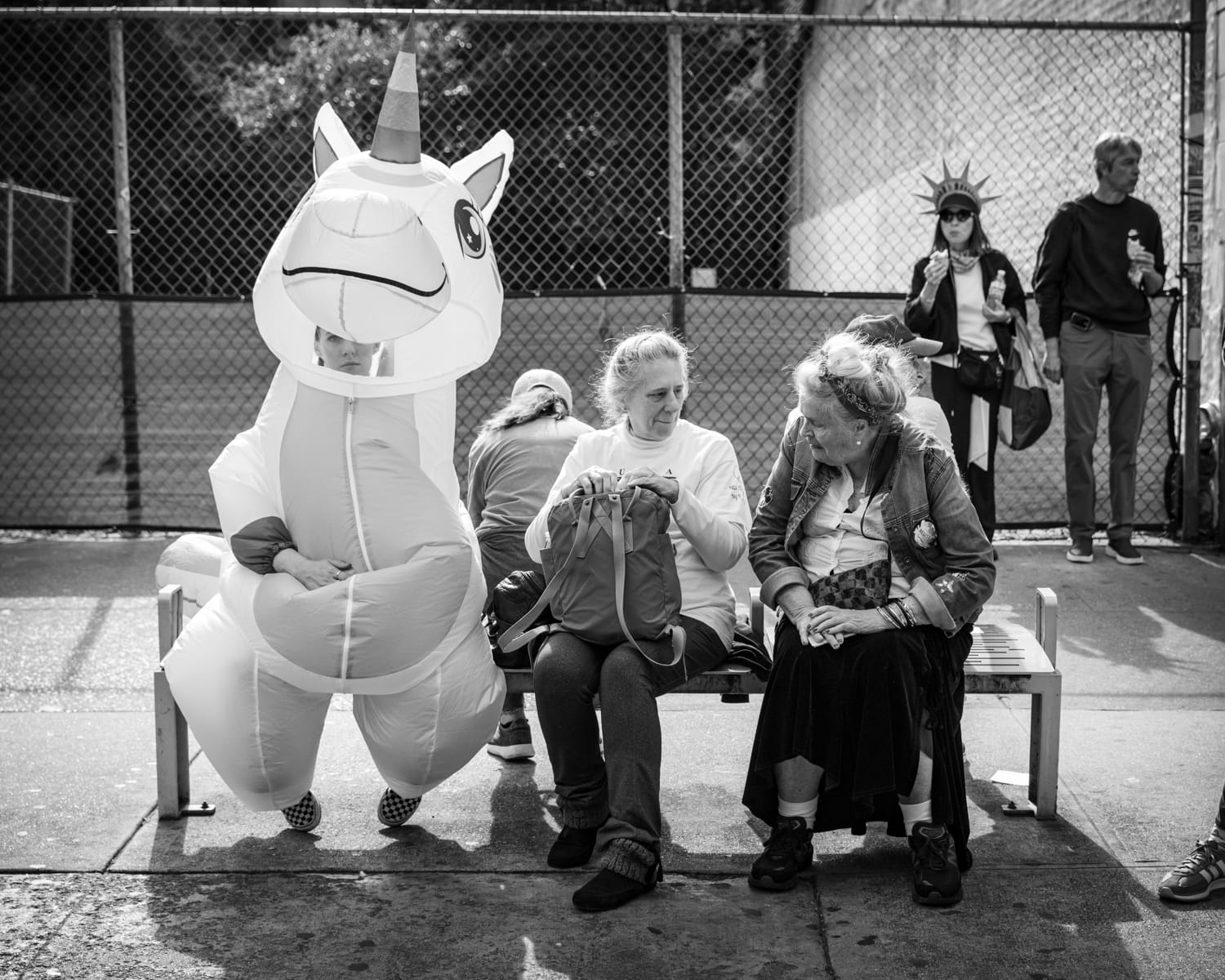
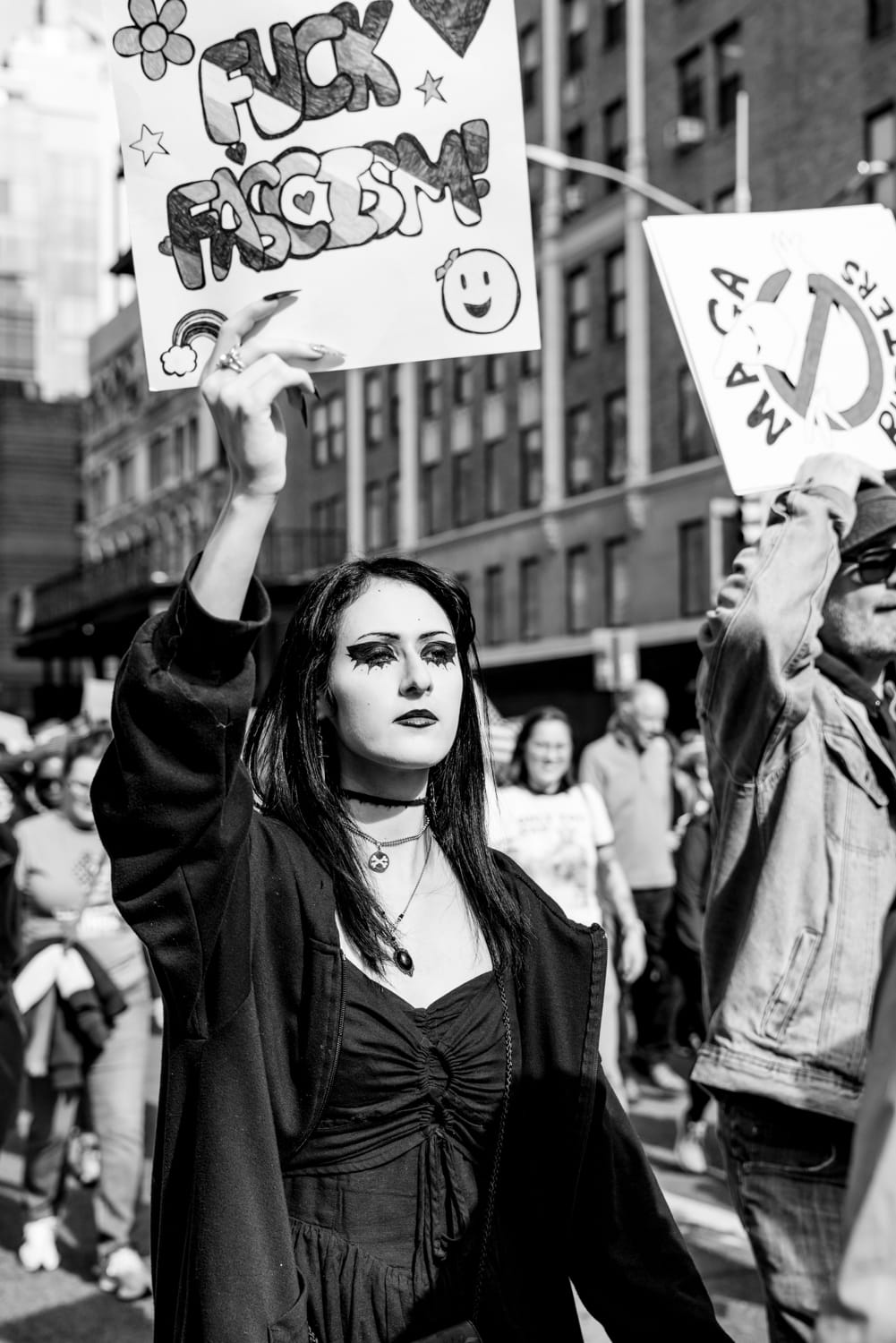
Jacqueline Silberbush for The Persistent
